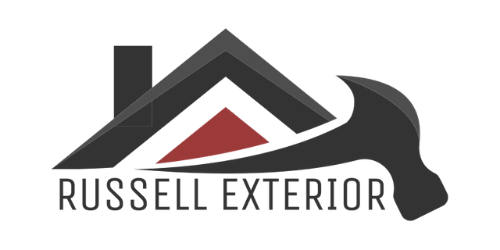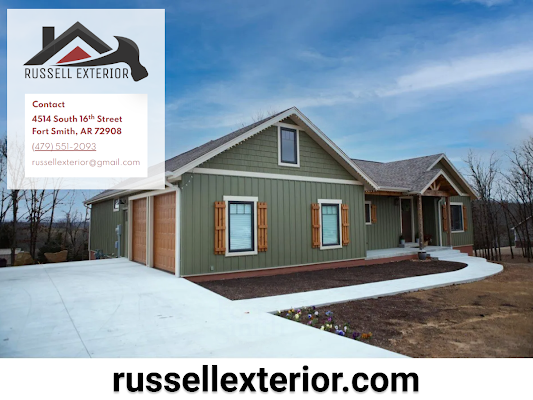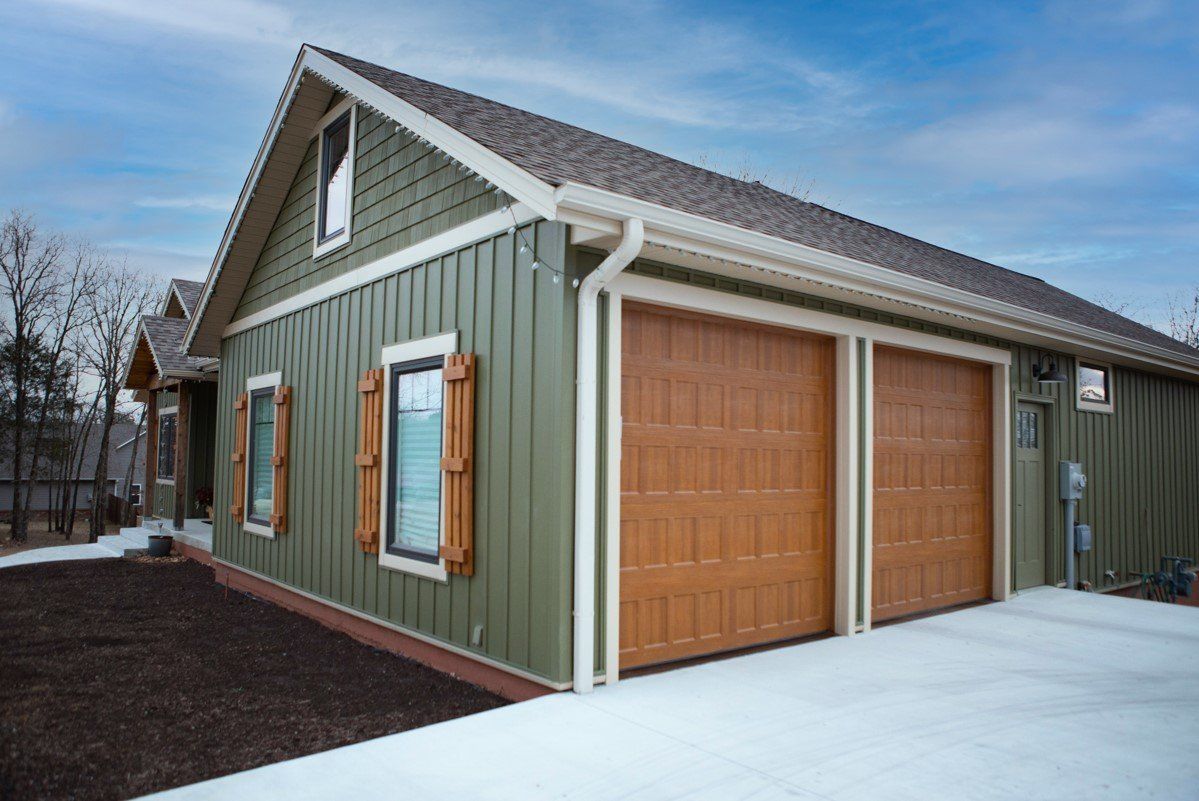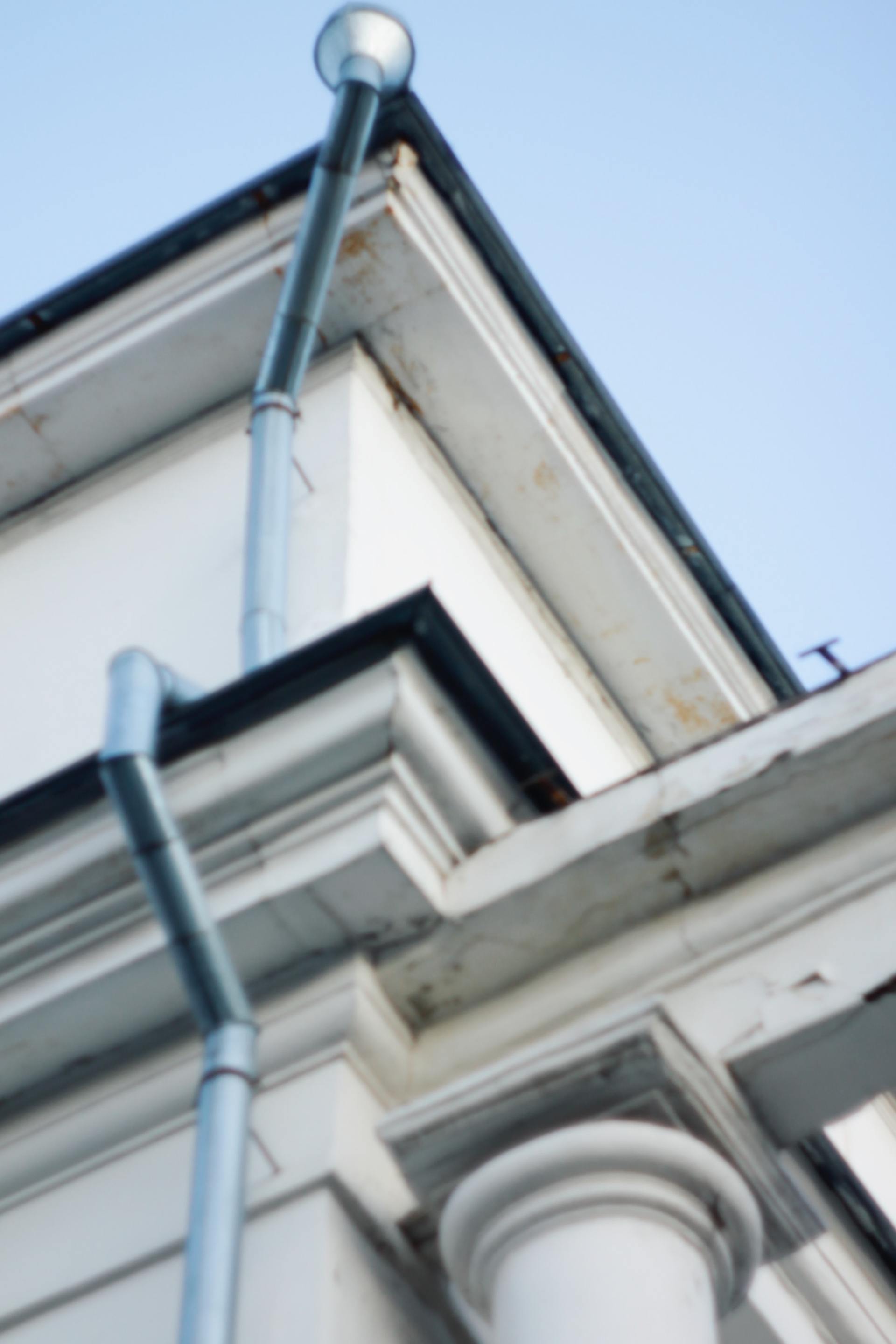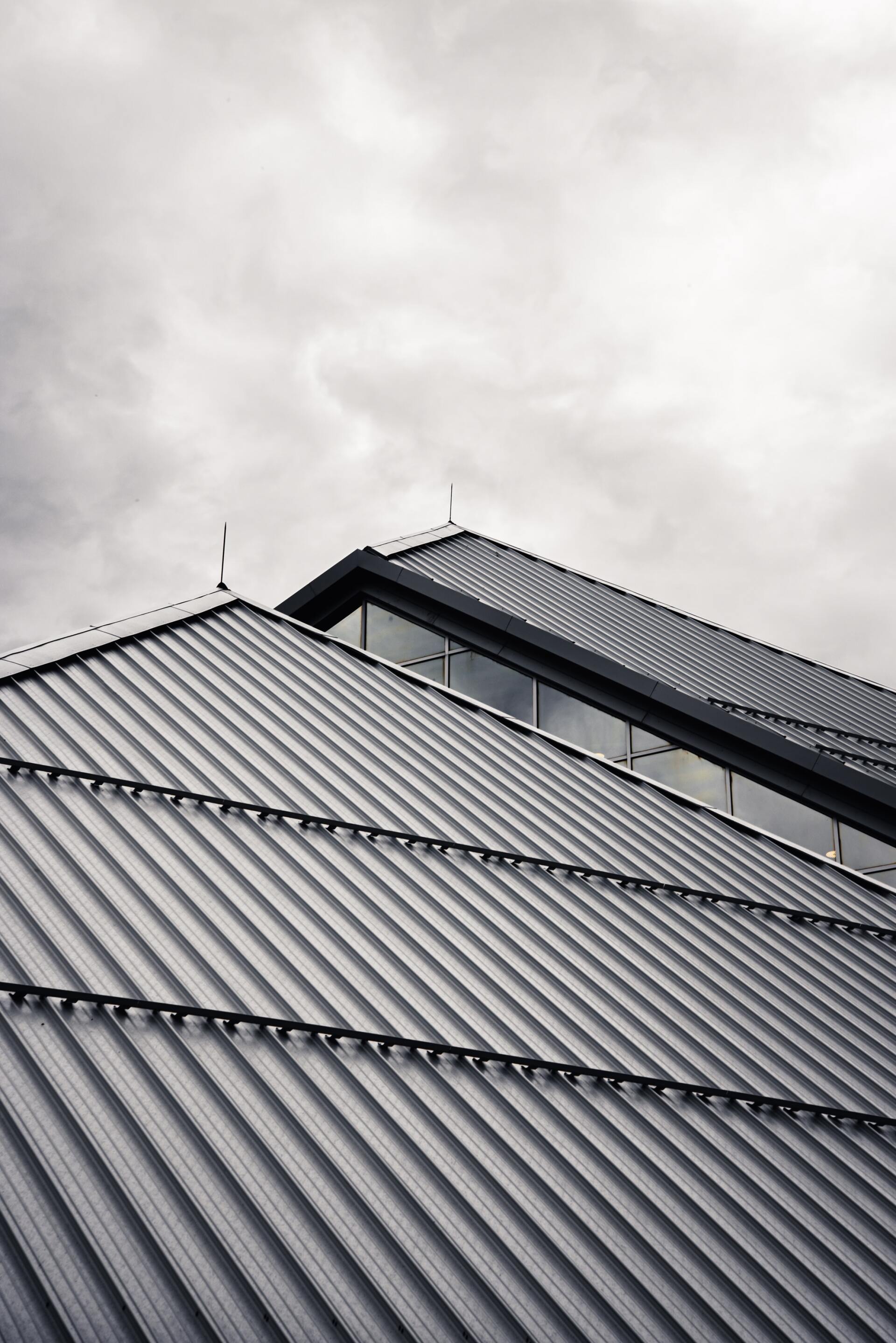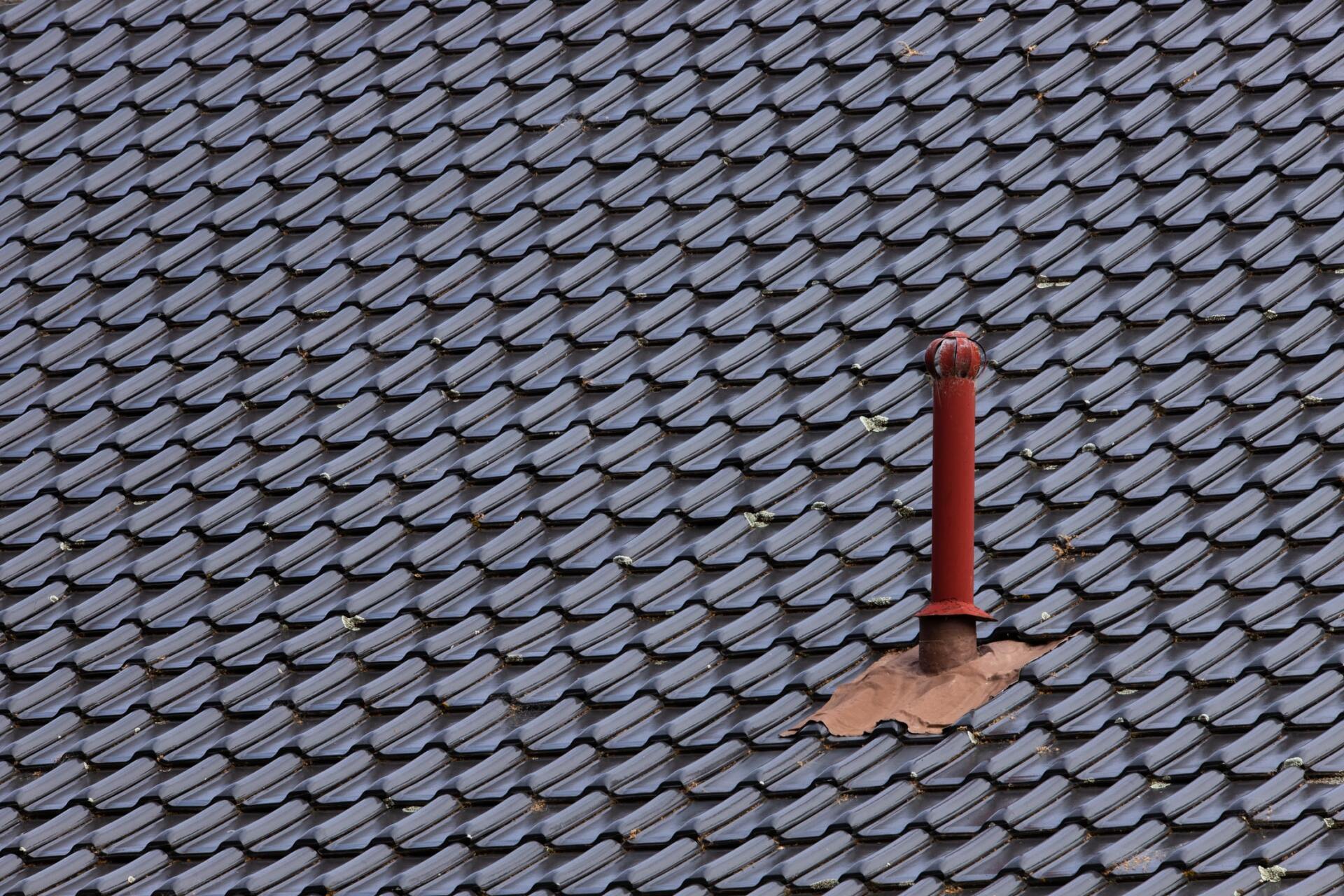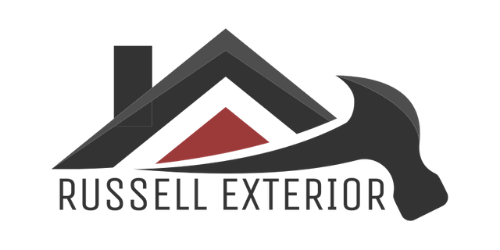The Benefits of Exterior Framing
Regarding home improvement, exterior framing is one of the essential aspects. Properly framing your home can ensure that it is protected from the weather and looks great. Here are some of the benefits of exterior framing:
Increased Strength
One of the primary benefits of exterior framing is that it increases the strength of the overall structure. This is because exterior framing allows for taller and heavier walls, which results in a more substantial building. Additionally, exterior framing provides better support for roof loads, which can help to prevent the roof from collapsing in the event of heavy snowfall or high winds. Additionally, exterior framing can help to protect the building from damage during earthquakes and other natural disasters.
Another benefit of exterior framing is that it allows for more flexibility in the design of the overall structure. This is because exterior framing can be used to create a variety of different shapes and sizes of buildings. Additionally, exterior framing can create various looks for a building, which can help make a more unique and eye-catching appearance.
Improved Energy Efficiency
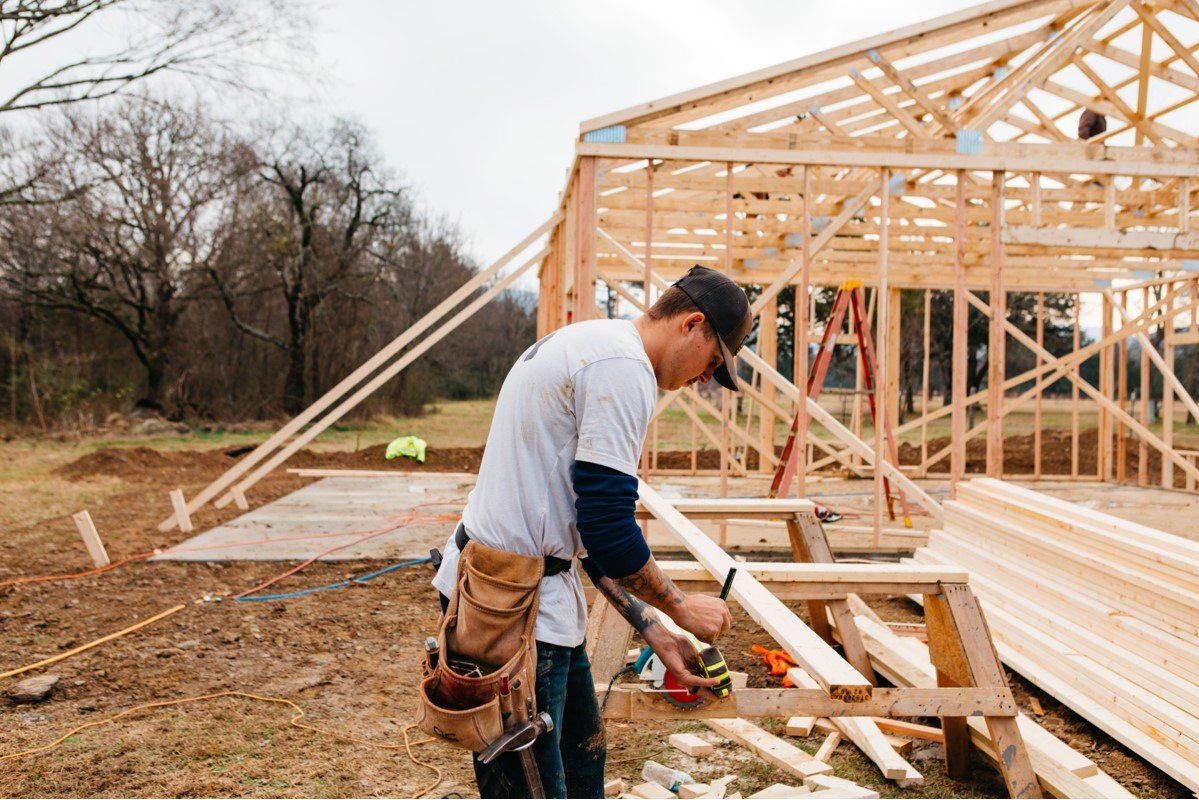
Another benefit of exterior framing is that it improves the energy efficiency of the overall structure. This is because exterior walls are typically thicker than interior walls, which helps to keep heat in during the winter and cool air in during the summer. Additionally, exterior walls can be insulated more effectively than interior walls, reducing heat loss.
In addition to improved energy efficiency, exterior framing can provide greater strength and stability to a structure. This is because the weight of the exterior walls is borne by the frame rather than the interior walls. As a result, exterior framing can help prevent buildings from collapsing in an earthquake or other disaster. Overall, exterior framing has many benefits that make it an attractive option for new construction and renovation projects. If you are considering using this framing in your next project, be sure to consult with a professional contractor to discuss the best way to incorporate it into your plans.
Greater Flexibility
Exterior framing also provides greater flexibility regarding the design of the overall structure. This is because exterior walls can be placed further apart than interior ones, allowing for more open floor plans. Additionally, exterior walls can be oriented in any direction, allowing for greater creativity in the design of the overall building.
One of the benefits of exterior framing is that it provides greater flexibility in the design of the overall structure. This is because exterior walls can be placed further apart than interior ones, allowing for more open floor plans. Additionally, exterior walls can be oriented in any direction, allowing for greater creativity in the design of the overall building. Another benefit of exterior framing is that it is easier to make changes to the layout of the building. If the interior layout needs to be changed, only the interior walls need to be moved. However, if the exterior design needs to be changed, the entire structure must be rebuilt.
Reduced Cost
Exterior framing can also help to reduce the overall cost of construction. This is because exterior walls do not require as much finishing work as interior walls, such as plastering or painting. Additionally, exterior walls do not need to be built as strong as interior walls, which can save on materials costs.
Another way to reduce the overall cost of construction is to use prefabricated or modular components. These components are manufactured in a factory and then shipped to the job site, where they are assembled. This can save on labor and materials costs and reduce the time required to build the project. Finally, another way to reduce the overall cost of construction is to use green building techniques. These techniques include using recycled materials, renewable energy sources, and sustainable building practices. Green building techniques can help to save both money and resources and can also help to create a healthier environment.
Increased Durability
Exterior framing also increases the durability of the overall structure. This is because exterior walls are less likely to suffer from water damage or mold growth than interior walls. Additionally, insects or other pests are less likely to damage exterior walls.
Exterior walls are also less likely to be damaged by fire than interior walls. This is because exterior walls are usually made of non-combustible materials, such as brick or stone. Additionally, exterior walls are typically thicker than interior walls, providing excellent protection from heat and flames.
Conclusion:
Russell Exterior is a roofing contractor in Fort Smith, Arkansas. We specialize in residential and commercial roofing. We offer various services such as roof repairs, replacements, and installations. We also provide maintenance plans to keep your roof in top condition. Contact us today for a free estimate!




Restore and protect your home with Russell Exterior.
We will get back to you as soon as possible.
Please try again later.
Company
Contact
4514 South 16th Street
Fort Smith, AR 72908
